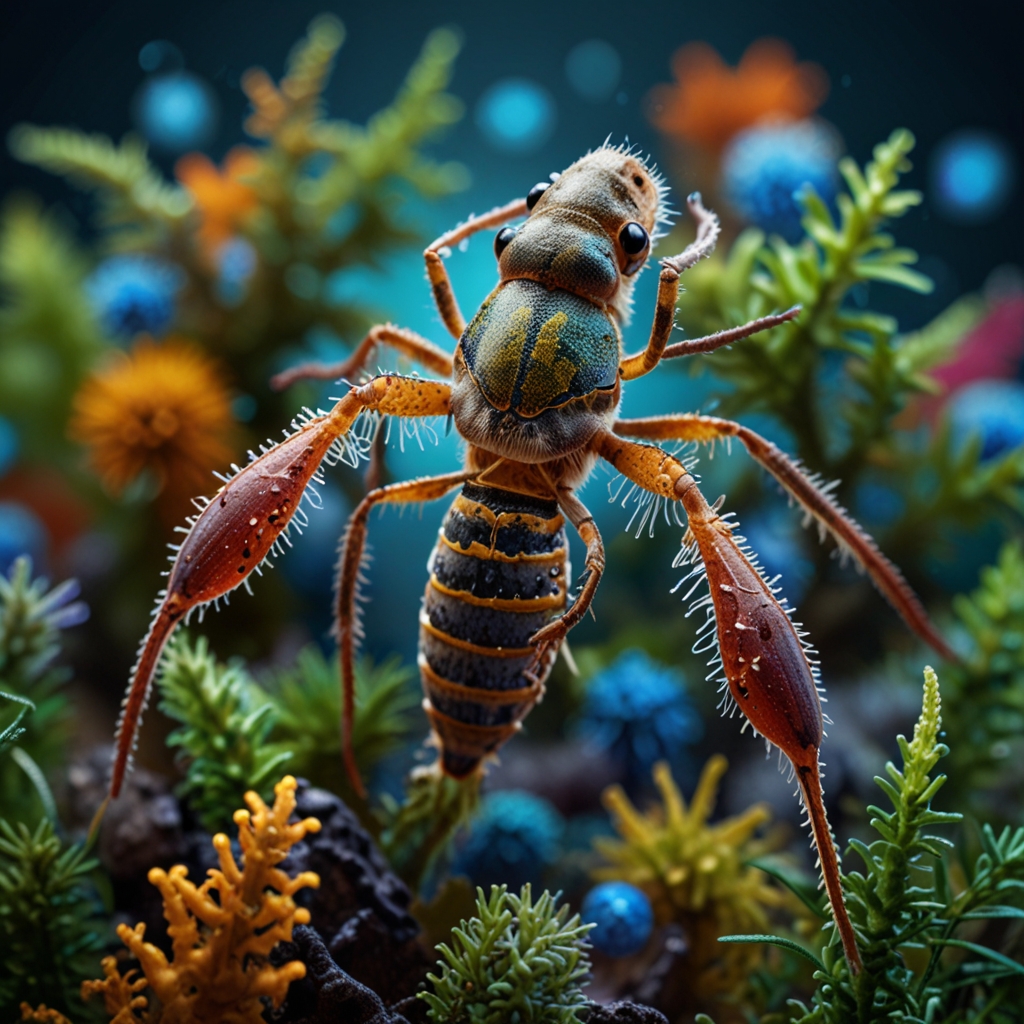All Biological Molecules are Organic!
A biological or organic molecule is:
- Carbon (C) based
- Made from living matter.

All organisms are made up of organic molecules that contain Carbon (C), Hydrogen (H) and Oxygen (O).
Note: The word organism is said to have come from the word “organic”.
Organisms need organic molecules to:
- Provide energy for life processes (energy is obtained from carbohydrates and lipids in food).
- Provide raw materials for tissue growth and repair (proteins in food molecules contain these raw materials).
This means that Carbohydrates, Fats and Proteins are all Organic.
Note: The study of organic and inorganic molecules that make living organisms is called Biochemistry.
Understanding Hydrolysis and Condensation!
Carbon atoms bond strongly with each other, forming chains or rings which are complex molecules.
Key Definitions:
|

What all are present in Organic Molecules?

Carbohydrate Molecules
Carbohydrates are either:
- Complex (polysaccharides): insoluble in water, stores of energy, formed from many monosaccharides (examples include starch, cellulose and glycogen).
- or Simple (monosaccharides): soluble in water (dissolve in the cytoplasm of cells), main source of energy in cells, can easily be transported by blood (examples include glucose).
Note: There is a semi-complex form of carbphydrates known as disaccharides which are not touched upon in this unit.
Monosaccharides are formed by the hydrolysis of polysaccharides, and polysaccharides are formed by the condensation of monosaccharides.

Lipid/Fat Molecules
Lipids are broken down into:
- Fatty acids
- and Glycerol
Lipids are formed by the condensation of 3 molecules of fatty acids and 1 molecule of glycerol.

The diagram of C, H and O is shown. Notice that water (H2O) breaks down the fats.

Protein Molecules
Amino acids are the subunits that are put together in different combinations to form chains called proteins.
- They are soluble which allows easy transport because they are used in several reactions.
- Sequences of amino acids determine the shape of a protein (examples are: keratin (present in skin and hair) is long and thin and haemoglobin (present in RBCs and can carry oxygen) is biconcave shaped).
Amino acids build up proteins by condensation, and are formed by the breakdown of proteins hydrolysis.

Nucleic Acid Molecules
Nucleic Acids are present in deoxyribonucleic acid (DNA) and ribonucleic acid (RNA). The subunits of these acids are known as nucleotides. This means that nucleic acids are chains of nucleotides.
Each nucleotide is made up of a sugar, phosphate and a nitrogenous base. Each nucleotide differs based on its base.

There are 4 nucleotides, suggesting that there are 4 bases (In all nucleic substances other than RNA):
- A – Adenine
- T – Thymine
- G – Guanine
- C – Cytosine
- U – Uracil (Replaces Thymine in RNA).
A-T are complimentary and G-C are complementary (in RNA A-U is complementary).
These combinations form ladders in different combinations of A-T, T-A, G-C and C-G:
- The wall of these ladders are made up of the sugar and phosphates in each nucleotide.
- The rungs or the steps of the ladder are made up of the nitrogenous bases
The combinations of bases repeat to form a DNA molecule.
The genome (all genes that make up an organism) pattern in each organism is what makes each organism (plant, animal even bacterium) different and unique.

This ladder forms a twisted shape called a double helix when nucleic chains are coiled around one another.
Note: DNA structure can be described as:
- two strands coiled together to form a double helix
- each strand contains chemicals called bases
- cross-links between the strands are formed by pairs of bases
- the bases always pair up in the same way: A with T, and C with G
Water, An Important Solvent!
Water is important for all living organisms as many substances are able to dissolve in it (it is a solvent). This makes it incredibly useful and essential for all life on Earth.
Water is important as a solvent in the following situations within organisms:
- Dissolved substances can be easily transported around organisms
- Digested food molecules are in the alimentary canal but need to be moved to cells all over the body
- Toxic substances such as urea and substances in excess of requirements such as salts can dissolve in water which makes them easy to remove from the body in urine
- Water is also an important part of the cytoplasm and plays a role in ensuring metabolic reactions can happen as necessary in cells
Protein Shape! – Continued
There are thousands of different proteins in the human body and other organisms. Many of these proteins are different shapes and the shape often has an important effect on the function of the protein.
For example:
- Enzymes have an area in them known as the active site – this is important as this is the place where another molecule fits into the enzyme in order for a reaction to take place.
- If the shape of the active site does not match the shape of the molecule that fits into it, the reaction will not take place.
- Antibodies are proteins produced by certain types of white blood cell to attach to antigens on the surface of pathogens.
- The shape of the antibody must match the shape of the antigen so that it can attach to it and signal it for destruction.
The different sequences of amino acids cause the polypeptide chains to fold in different ways and this gives rise to the different shapes of proteins. In this way every protein has a unique 3D shape that enables it to carry out its function.






